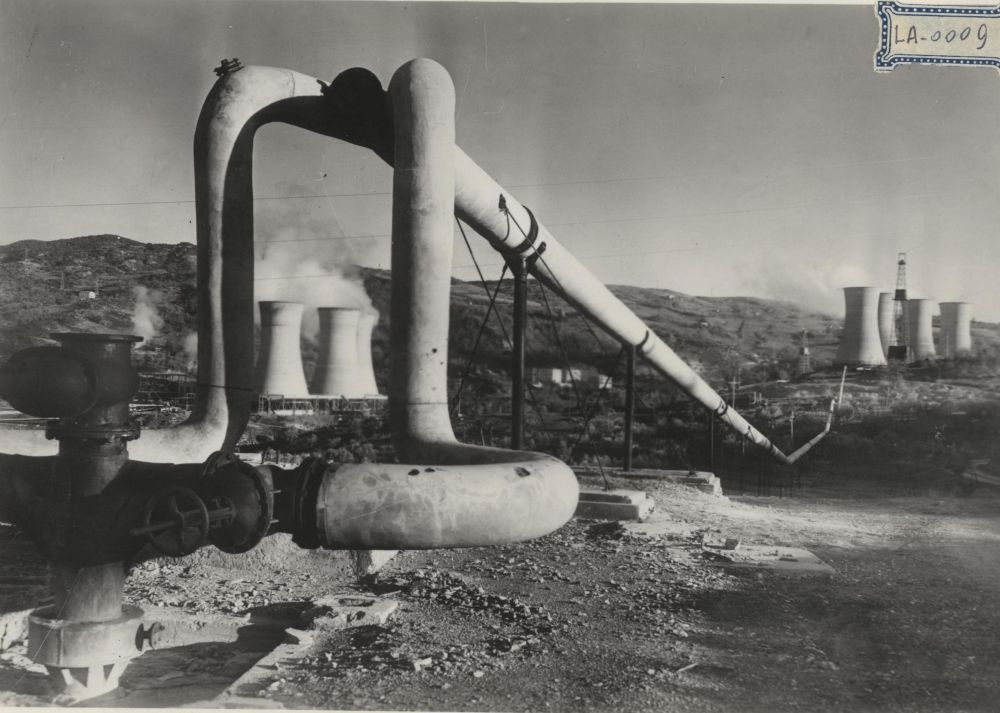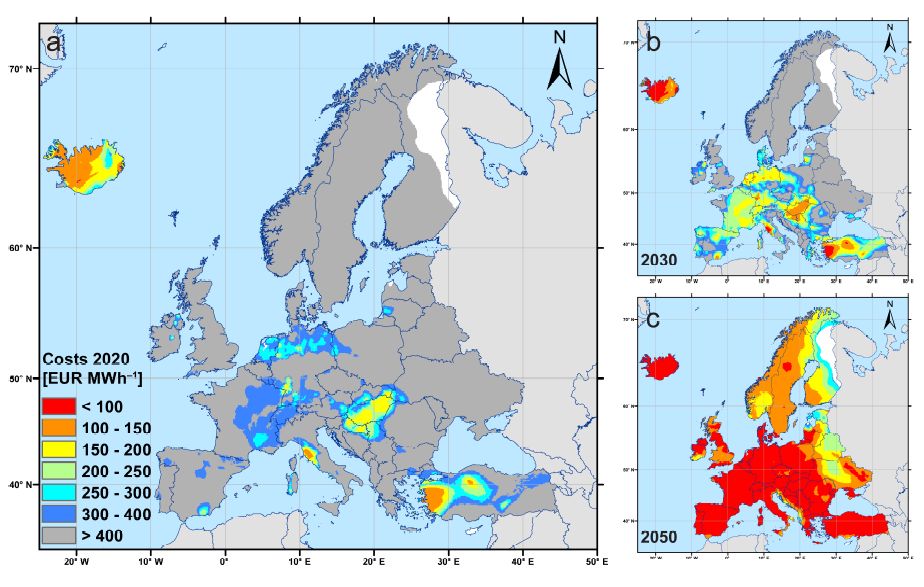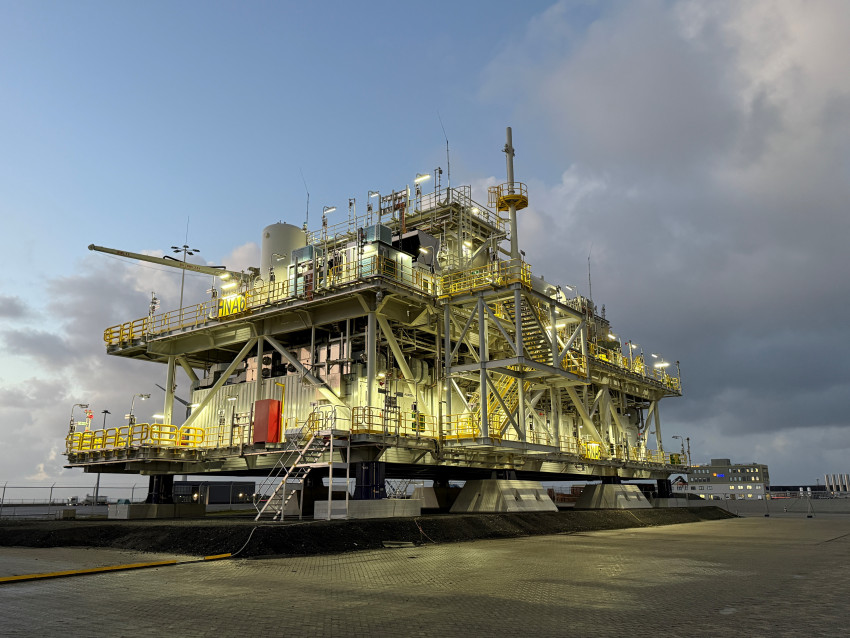
European geothermal energy good for 500 GW of electricity
Europe possesses enough geothermal energy for 500 GW of electrical capacity, which is equal to half of the capacity of existing power plants that use gas, coal and nuclear energy. But if you want to keep the price of this to an acceptable level, then the drilling process needs to become a lot cheaper. That was the conclusion of geologist Jon Limberger, who obtained his doctorate today from Utrecht University.
Limberger studied the potential for using geothermal energy for electricity production. ‘The benefit of a geothermal heat source is that it delivers energy consistently, so you can generate power more or less continually like a classic power station does.’
4 to 5 km deep
The doctoral candidate used geophysical models to chart the amount of geothermal energy in Europe. These models revealed that the temperature development across a large part of the continent is some 20–30 °C per km in depth. In volcanic areas, this rises as far as 50–60 °C. This means that in most of Europe, you need to drill down some 4 to 5 km to access water of at least 150 °C.
Now the temperature change is mainly determined by transmission through underground rocks, but there are areas in which the heat can be found closer to the surface. For instance, the volcanic areas of Anatolia (Turkey) and Tuscany (Italy), or places where fault lines in the rock allow the more deep-lying hot water to rise up. That is the case in the Carpathian basin and the Rhine River basin between France and Germany.

Italy's version made its début in 1911
The Italians have been using geothermal energy for a long time. The first electricity was already being produced using geothermal energy in Tuscany's Larderello back in 1911.

For electricity production, a geothermal heat source must meet two conditions: the deep-lying water must have sufficient temperature, and the flow volume must be sufficient to ensure a constant supply of hot water. The latter of these is determined by the permeability of the source: there must be enough pores in the rock for the water to find its way through. Limberger: ‘So both conditions really impose some serious restrictions.’
Based on his geological model, Limberger concludes that enough geothermal energy is available in Europe to achieve an electrical capacity of 500 GW by 2050. The sources for this can be found under some 16% of the surface area of the European continent. Currently, Europe has an installed electrical generating capacity of some 1000 GW, primarily using gas, coal and nuclear power plants, according to the European Network of Transmission System Operators for Electricity.
Whether the Dutch groundwater is suitable for generating geothermal electricity is still uncertain. At Luttelgeest, a lot of hot water comes to the surface through a fault line, and in Mol in Belgium, a well of nearly 4 km is being drilled. There is currently also drilling in Westland. But these all supply water of some 120 °C and are primarily suitable for heating systems, and less so for electricity production.
High investment costs
Until recently, geothermal energy has provided less than 0.15% of the world's energy consumption. Limberger: ‘That's due to the high initial outlay of a project and the geotechnical risks. And you cannot know for sure in advance what the temperature of the well you drill is going to be. It is also unknown whether the water at that depth will flow sufficiently. Furthermore, geothermal projects have until now only been incidental. Unlike the production of oil and gas, there is still no sign of a mature geothermal industry.
Hydraulic drilling
If geothermal energy is to develop further, then it is essential to lower the drilling costs. Limberger is already factoring this in in his predictions for the cost of geothermally generated energy in 2050. ‘I have modelled that using a new drilling technique, the so-called hydrothermal spallation drilling.’ That technique uses super-hot water, injected downwards under great pressure, to create a borehole. ‘The benefit of this is that the drill head doesn’t wear, which is of course what happens to a traditional drill. And it's that wear that necessitates regular replacement of the head, which costs an inordinate amount of time when drilling at 5 km and thus costs a fortune.’

Opening photo: the geothermal power plant of Nesjavellir in Iceland. Photo: Scott Ableman/CC0
If you found this article interesting, subscribe for free to our weekly newsletter!







